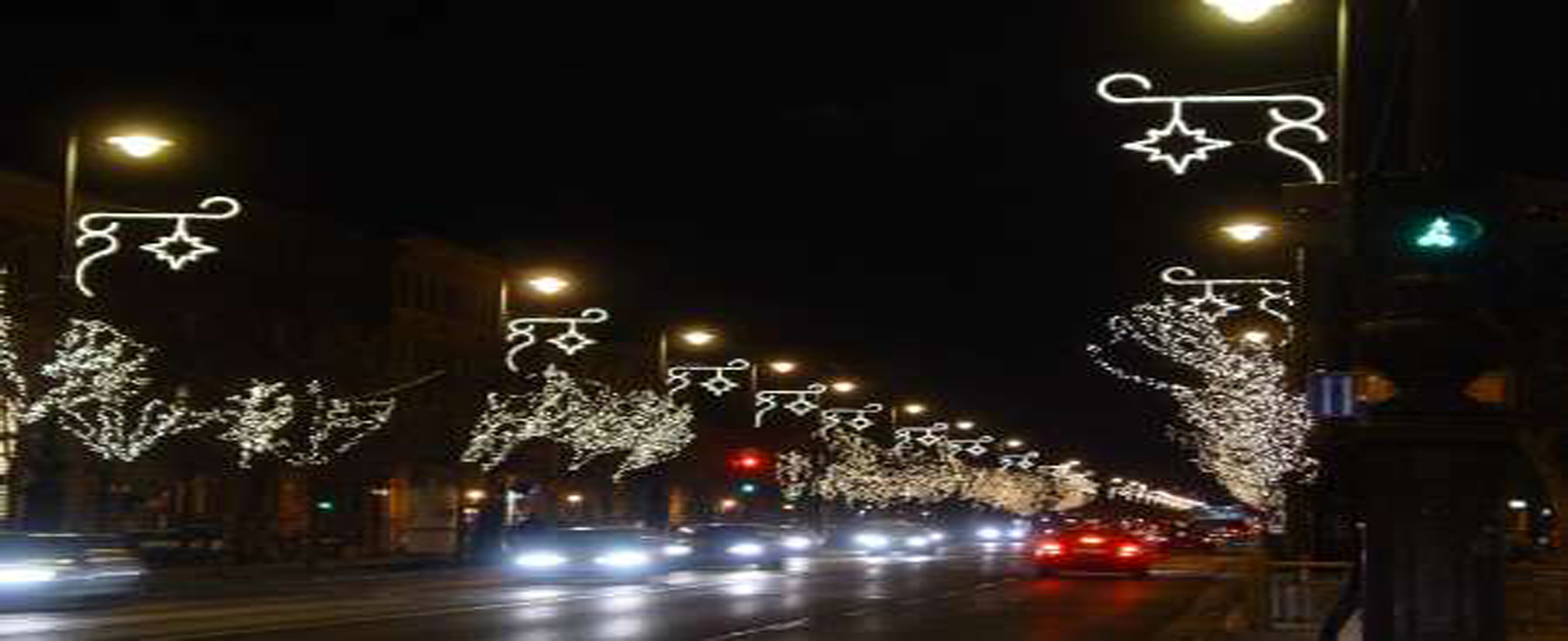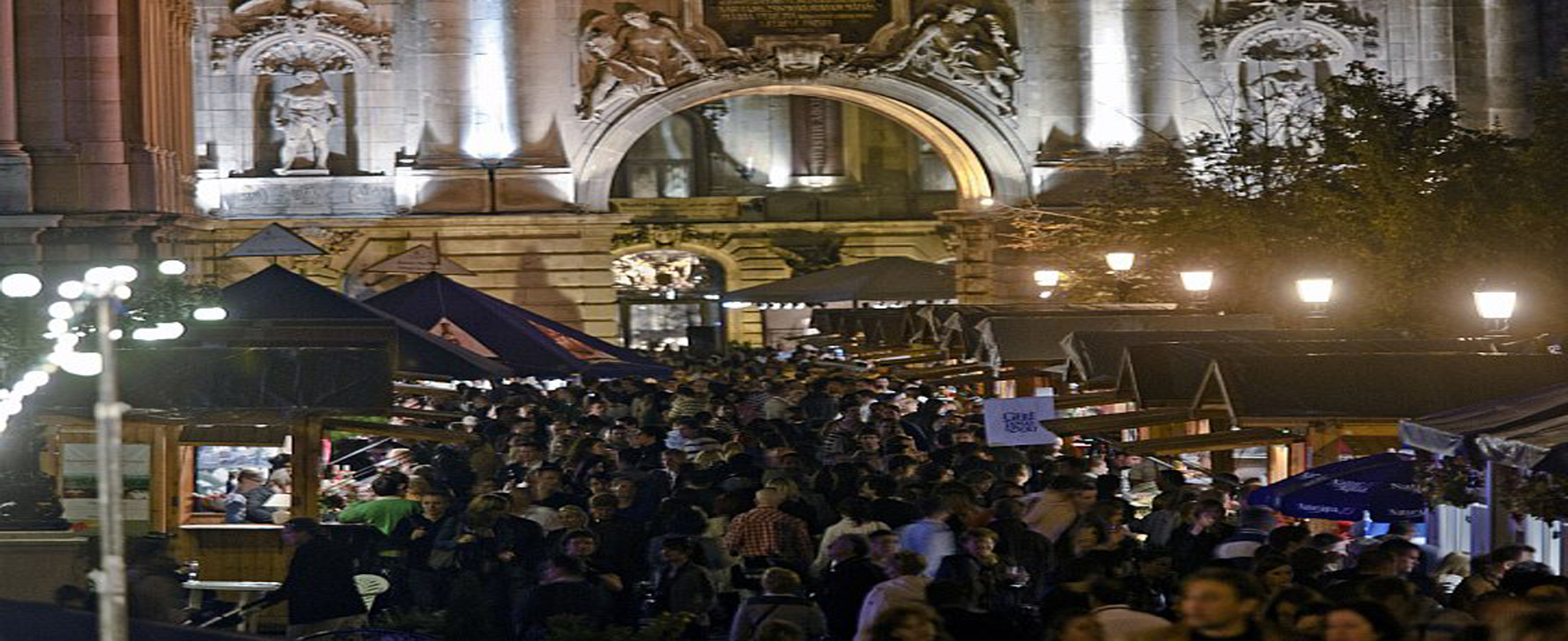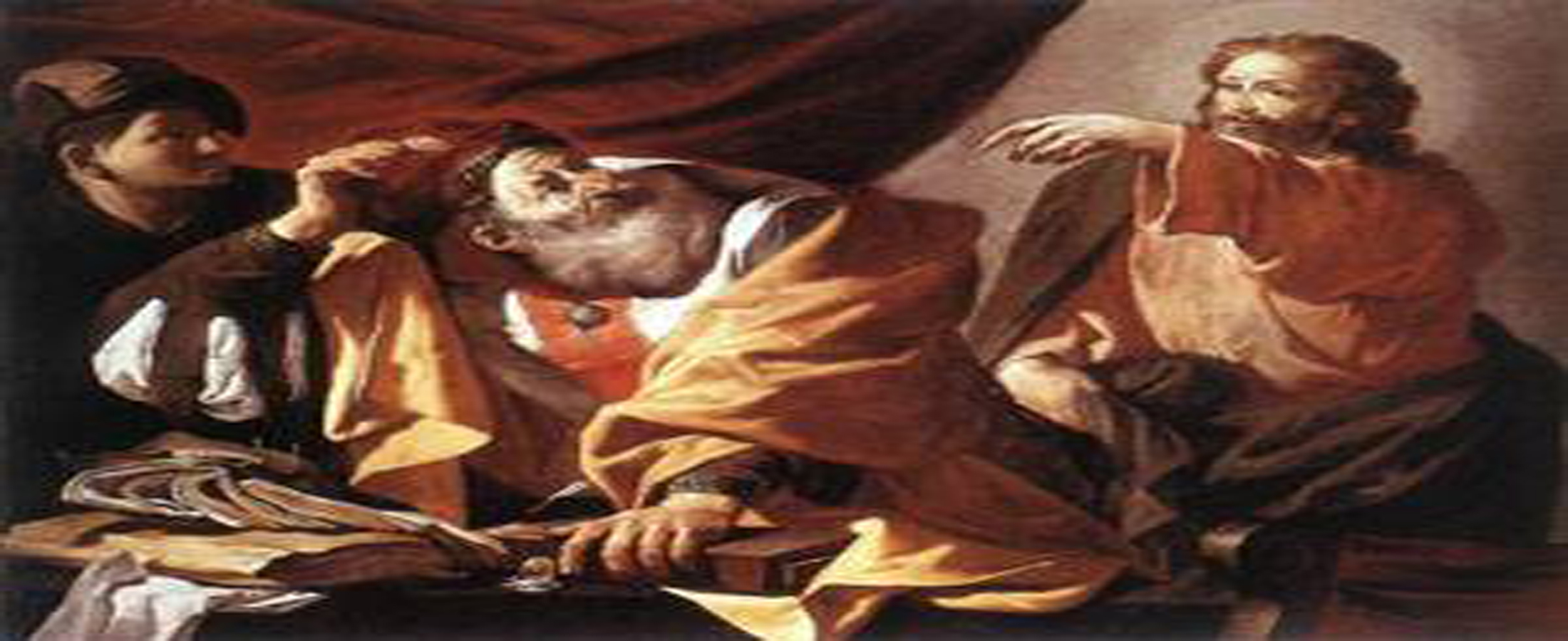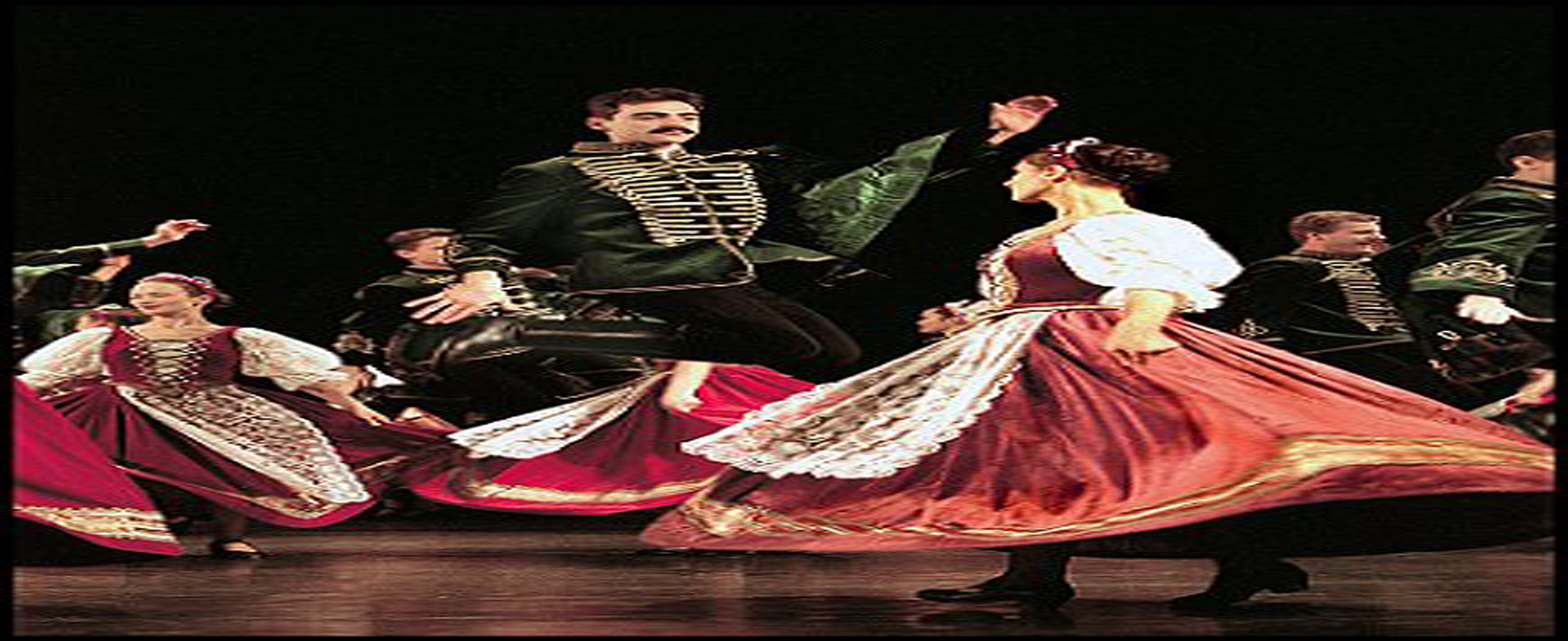Hungary is a land of rich folk heritage. Folk culture is not only preserved in museums, traditions live on in many of Hungary’s small villages, kept alive by local communities, and even modern-day city-dwellers do things that might surprise you at first.
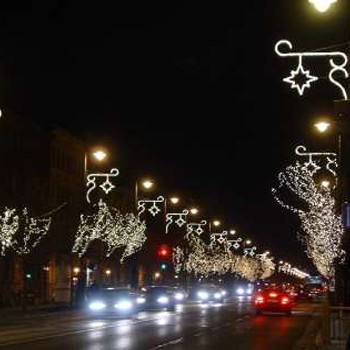
Andrássy Avenue
The elegant Andrássy Avenue is one of Budapest’s major cultural hubs with a range of museums, exhibition halls, and beautiful buildings. The 2.5 kilometre long Andrássy Avenue connects City Park (Városliget) with the centre of Budapest. The wide main road starts at Heroes’ Square (Hősök tere) and stretches almost as far as the St Stephen’s Basilica. The Oktogon Square at Grand Boulevard (Nagykörút) divides Andrássy road into two sections.
Due to its historic and cultural blend Andrássy Avenue is aUNESCO World Heritage Site since 2002. The avenue received its name after Count Gyula Andrássy, Hungary’s Prime Minister from 1867 to 1871 who supported the building of the road along with other major reconstructions in Pest at the time.
Plan my Hungary Vacation Now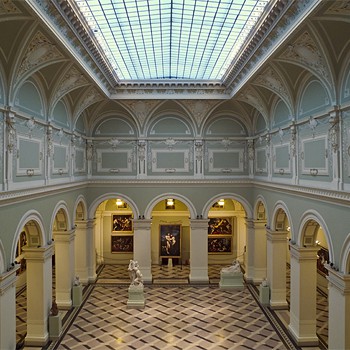
Museums
Budapest is packed with museums and galleries, and there are plenty of temporary exhibitions, particularly in summer. If you come to the Hungarian capital for more than a couple of days, make sure you visit some of the interesting exhibitions offered all the year round in over 100 Budapest museums. Budapest has some big museums offering large-scale exhibitions but there are a good number of smaller, more intimate museums too. Some of the famous museums include the Hungarian National Museum, Hungarian National Gallery, Museum of Fine Arts, House of Terror etc.
Plan my Hungary Vacation Now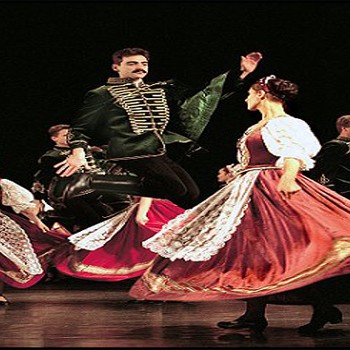
Music and Dance
Traditional Hungarian music is one of the most entertaining aspects of Hungarian culture. Despite its size, Hungary has played a major role in the world with classical music and composition.Liszt and Bartok are famous names who have redefined Hungarian music. Two of Hungary’s most prolific composers, Béla Bartók and Zoltán Kodály, are known for using folk themes in their music. All forms of classical, folk and gypsy music styles are popular and played throughout the country. Budapest has a new tempo towards jazz, and the city now holds jazz festivals in the summer alongside the year-round jazz clubs that have made their way onto the scene.
Plan my Hungary Vacation Now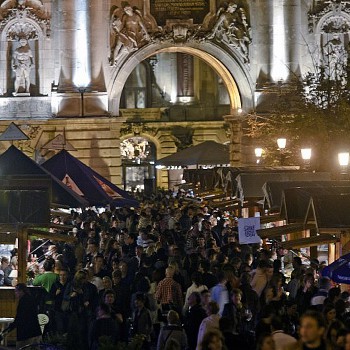
Festivals
Festivals are a big part of Hungarian culture and you should experience at least one during your visit. Budapest hosts several cultural festivals, sport events and concerts. There are a couple of events that are organised regularly each year like the Spring Festival and the Cafe Budapest contemporary art festival in autumn, the Sziget Music Festival at the beginning of August, the Festival of Folk Arts around August, the Wine Festival in Buda Castle, the Christmas Market, or the Mangalica Food Festival in February. Besides these major events, Budapest has several others gastronomic festivals too.
Plan my Hungary Vacation Now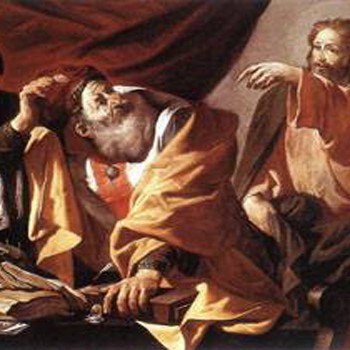
Fine Arts
Throughout Hungary’s varying historical influences, fine arts developed in strong interaction with European art, and though they reflect European tendencies, they retained a strong character of their own. Hungarian art follows diverse trends, from Romanesque wall paintings and architectural sculpture, to Gothic and Renaissance miniatures, winged altarpieces and carvings, baroque, classicist and romanticist period works. These started at the end of the 19th century and concluded with an abundance of great artists and artworks in the first half of the 20th century. In spite of the great quantity of invaluable artworks, Hungarian fine arts are somewhat underrated outside the country.
Plan my Hungary Vacation Now
